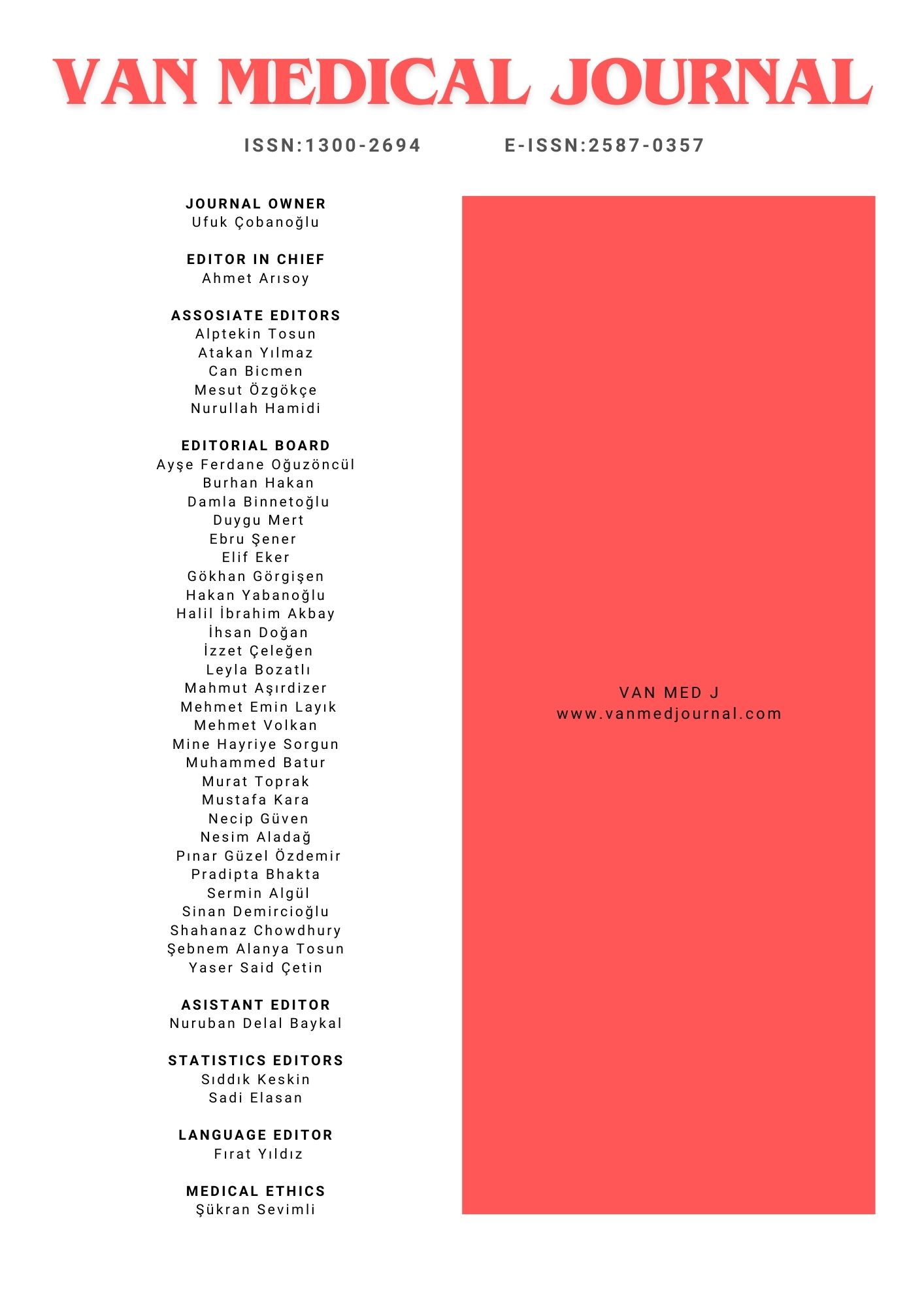Investigation of the Relationship Between Serum Tetrahydrobiopterin and Folic Acid Levels with Each Other and with Preeclampsia in the Second and Third Trimesters
Mücahit Ahmet Aranlı1, Kazım uckan1, Aziz Gül1, Yusuf Başkıran2, İzzet Çeleğen31Van Yüzüncü Yıl University Faculty of Medicine, Department of Gynecology and Obstetrics2Istinye University Faculty of Medicine, Department of Gynecology and Obstetrics
3Yil University, Faculty of Medicine Department of Public Health
INTRODUCTION: Aim: This study investigates the relationship between serum tetrahydrobiopterin (BH4) and folic acid levels in pregnant women during the second and third trimesters and the development of preeclampsia.
METHODS: Method: This case-control study was conducted from June 2022 to February 2024 with 160 pregnant women with and without preeclampsia (PE). Participants were divided into PE and control groups and further categorized by folic acid usage into four groups: non-PE without folic acid, non-PE with folic acid, PE without folic acid, and PE with folic acid. Groups were compared in terms of demographic characteristics and various laboratory parameters.
RESULTS: Results: The PE group had significantly higher blood pressure, lower albumin and total protein levels, and higher urinary protein levels than the control group (P<0.001). BH4 levels were significantly lower in the PE group (P<0.001). The group without folic acid supplementation had significantly lower folate and haemoglobin levels than those with folic acid supplementation (P<0.001).
DISCUSSION AND CONCLUSION: Conclusion: There is a significant association between serum BH4 and folic acid levels and the development of preeclampsia. Lower BH4 levels were observed in preeclamptic pregnant women, while folic acid supplementation positively influenced folate and haemoglobin levels. BH4 and folic acid may play a role in the pathogenesis of preeclampsia and could be potential biomarkers for assessing preeclampsia risk.
Keywords: Pregnancy, Preeclampsia, Tetrahydrobiopterin, Folic acid
Manuscript Language: English

